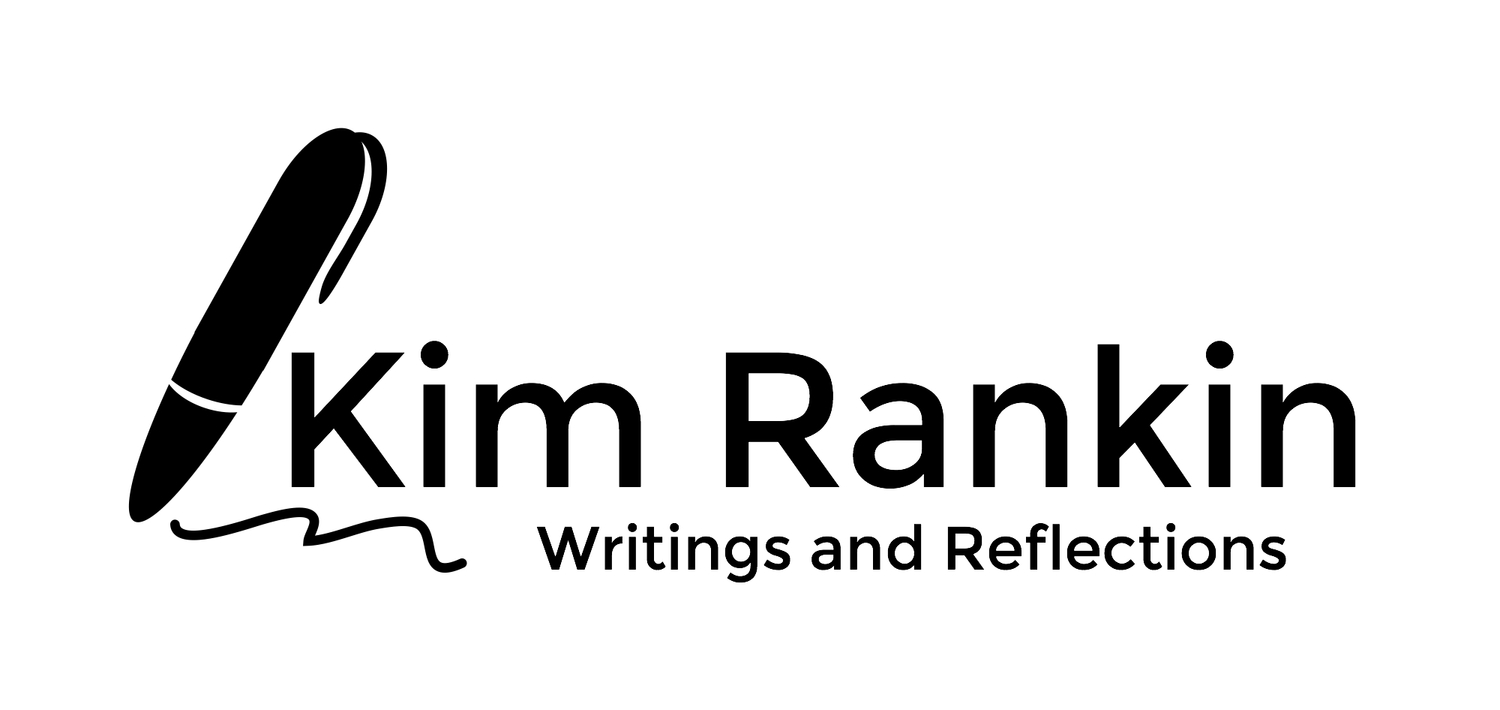High Tech Speech Generating Devices: We Need to Modify Our Habits
Edited 11/4/2019 This post was my 4th most popular post for 2019. If you enjoy the content of this website, please consider giving a donation to maintain site expenses.
I recently shared some observations on Nathaniel’s communication on Facebook. “The last eight weeks have been very busy. We’ve taken trips to New Mexico, Arizona, Kentucky, and Ohio. I’ve watched Nathaniel’s communication in these new settings and with new people. I’ve had conversations with relatives and friends who see him once a year and are good barometers on the changes in his skills. My take away - something I’ve known, but didn’t want to admit - Nathaniel’s preferred mode of expressive communication is not his AAC device. It is signing. Signs, gestures, facial expressions, and body language are almost always his go-to mode of communication.”
My post continued. I mentioned the wrestle this presents, as I have been a staunch advocate for Nathaniel to use a high tech speech-generating device since he was very young. I wrote about why I value the device. “Using an AAC device increases the likelihood of being heard and understood. He knows that already. When unsuccessful with signs or gestures, he turns to his device.”
Post comments praised his code-switching skills. One follower wrote, “He can easily go between signs, gestures & an AAC system. The more diverse his skills, the better. It sounds like he is confident in his abilities to communicate with lots of communication partners.” Another said, “We all switch between multiple forms of communication based on our setting and partners. We evaluate and balance efficiency and effectiveness. Nathaniel does the same. It's a skill he has learned.”
Yes. All this is true. Despite wanting the immediacy and intimacy that sign language, gestures, and facial expressions provide, Nathaniel has audience awareness. He adapts for the person listening. He keeps trying when communication breaks down. I have purposefully taught and encouraged these skills.
But Nathaniel’s communication skills and his use of technology do not diminish the responsibility on his communication partners to be active listeners and participants in the conversation. “I don’t understand you. Use your talker,” are words I have said just this week. They are words that I hear others say often to my son. But they are relinquishing words. They place a heavier burden of communication on Nathaniel than assumed by the speaker. Those phrases look to technology to supply something it cannot provide – connection.
Culturally, we are infatuated with technology. Myself included. I was the one who advocated for a high tech device before Nathaniel was two years old. Infatuation brings overemphasis. We succumb to thinking technology can solve every problem. But another truth that we experience everyday is that a speech-generating device cannot erase Nathaniel’s disability for him or for his listeners. It cannot make him typical. It cannot take the place of a human - someone who works with him to create shared meaning by utilizing every communication skill in both individuals’ toolboxes.
I stated in my Facebook post that I believe in AAC, implying I believe in Nathaniel’s high tech, robust vocabulary, speech-generating device to help him. I do. But it’s presence and his use of it should never free Nathaniel’s communication partners to do less work than he is doing.
At this week’s AAC in the Cloud Conference, Dr. Kathy Howery presented a session titled “The Meaning of Voice – The Lived Experience of SGD Users.” She spoke of her interaction with Dylan, a young man who was capable of using a high tech device, but chose not to. Her description of their conversation in Dylan’s kitchen elicited a visceral response. She shared, “…it was not really that he couldn’t use a device, he surely could. It was that the device would not meet his demands. The demands for a truly engaging, communicative interaction.” Howery spoke of the “co-construction” of Dylan’s message that he was insistent be his own voice.
Lauren Enders’ entire keynote address, “Connection: The Heart of Communication” for the same conference was a reminder why we are offering devices in the first place. Citing the first tenet of the National Joint Committee for Communication Needs of Persons with Severe Disabilities Communication Bill of Rights: “The right to interact socially, maintain social closeness, and build relationships,” Enders encouraged participants to “constantly work to foster language without issuing demands or making it seem like work (for the child with communication challenges.)”
And in her session titled “Safeguards for AAC Users: Vulnerability, Autonomy, and Being Heard,” Erin Sheldon reminded her audience that listening is the foundation of communication. She encouraged the use of charts to consistently interpret the child’s idiosyncrasies and prevent misunderstandings. She said, “It is not just on them (the child with complex communication needs) to learn how to use AAC to clarify themselves. We can all become better listeners...” Three prominent leaders in the AAC field have issued a call to put relationship and connection before strategies, tools, and protocols. Are we listening?
I need to recalibrate. Perhaps others in the AAC community do as well. As communication partners we need to work harder, broaden our skills, and improve our listening. We need to exchange our reliance on technology for pursuing connection. We need to truly value multi-modal communication, pushing back against the hierarchical ranking that places high tech, robust language, speech-generating devices at the top of the AAC ladder and instead value tools for how they strengthen relationships. As a society we have recognized the need for ramps and wide doorways to improve access for those using wheelchairs. What modifications that promote accessibility are we willing to provide for those with complex communication needs whose “wheelchair” is a speech-generating device? What modifications are we willing to make in our own listening habits, our expectations of who adapts to whom, and our response to less than perfect English?





